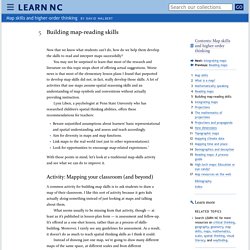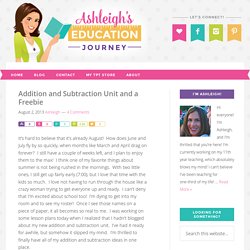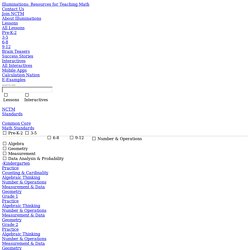

Building map-reading skills - Map skills and higher-order thinking. Now that we know what students can’t do, how do we help them develop the skills to read and interpret maps successfully?

You may not be surprised to learn that most of the research and literature on this topic stops short of offering actual suggestions. Worse news is that most of the elementary lesson plans I found that purported to develop map skills did not, in fact, really develop those skills. A lot of activities that use maps assume spatial reasoning skills and an understanding of map symbols and conventions without actually providing instruction. Lynn Liben, a psychologist at Penn State University who has researched children’s spatial thinking abilities, offers these recommendations for teachers: Beware unjustified assumptions about learners’ basic representational and spatial understanding, and assess and teach accordingly. With those points in mind, let’s look at a traditional map-skills activity and see what we can do to improve it. Activity: Mapping your classroom (and beyond) On Butterfly Wings ~ Maths - Home. Addition and Subtraction Unit and a Freebie.
It’s hard to believe that it’s already August!

How does June and July fly by so quickly, when months like March and April drag on forever? I still have a couple of weeks left, and I plan to enjoy them to the max! I think one of my favorite things about summer is not being rushed in the mornings. With two little ones, I still get up fairly early (7:00), but I love that time with the kids so much. I love not having to run through the house like a crazy woman trying to get everyone up and ready. You can see below that it is packed full of fun addition and subtraction lessons! I tried really hard to create fun and innovative ways to practice addition and subtraction. There are plenty of word problems, and I’ve created addition only word problems, subtraction only word problems, and a mixture of addition and subtraction word problems.
I really do love the look of the task cards. Here’s a little freebie that’s not in the unit. Count Me In Too. One Grain of Rice (youtube video) One Grain of Rice (lesson plan) The following excerpt is taken from the book One Grain of Rice by Demi.

(If you do not have access to this book, consider telling students a similar story as a way of introducing the lesson. This will also provide the background needed for writing algebraic equations, as well as the other mathematical details of the lesson. When using this lesson plan, simply skip the parts that indicate which pages of the book to read aloud, but note that you can still ask the same questions.) Long ago in India, there lived a raja who believed that he was wise and fair. But every year he kept nearly all of the people’s rice for himself.
Arrange the students into small groups (3 or 4 students per group usually works best) prior to beginning the lesson. Tell the students to listen carefully to the scenario presented in the book, as they will be creating their own plan to feed the village. Ask students what they think famine and hunger mean and what may cause famine in a country. Questions for Students 1. Brightonline. Professor Pete’s Classroom. Cool Math Games & Cool Reading Games. ENRIH Primary Teacher Page. Illuminations. Dr Catherine Attard. MTSonline.